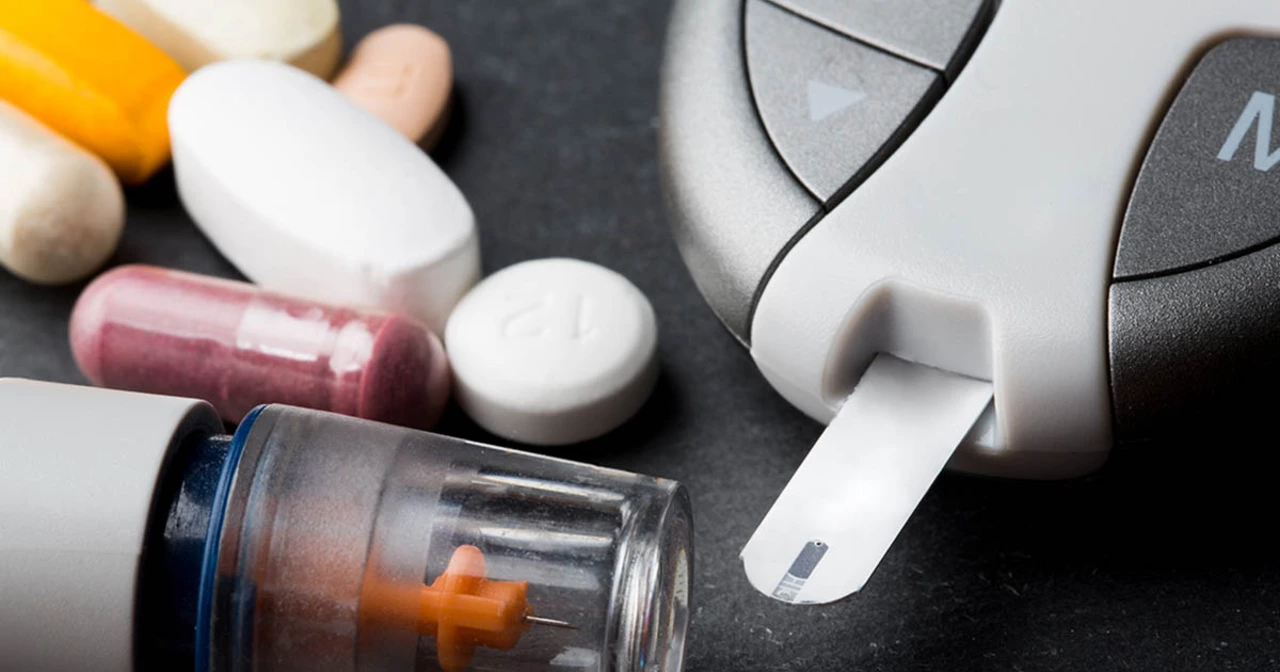Cilostazol: what it does and who may benefit
Cilostazol helps people who get leg pain while walking because of poor blood flow. It's commonly prescribed for intermittent claudication — the crampy pain that shows up in calves after short walks. The goal is simple: walk farther with less pain. If you have peripheral artery disease and your doctor suggests cilostazol, this guide explains how it works, who can take it, common side effects, and safe buying tips.
How cilostazol works
Cilostazol is a vasodilator and platelet inhibitor. It relaxes blood vessels and reduces blood cell stickiness, so more blood reaches leg muscles. Most people notice improved walking distance after a few weeks. The usual dose is 100 mg twice a day, taken about 30 minutes before or two hours after meals. Your doctor will check your response and side effects and may adjust the dose.
Who should avoid cilostazol
Don't take cilostazol if you have heart failure. That's a strict contraindication backed by clinical guidance. Also tell your doctor about active bleeding, recent stroke, or pregnancy. Older adults can use it, but doctors often start with caution and review other meds.
Side effects are usually manageable. The most common complaints are headache, diarrhea, and dizziness. Some people notice a fast heartbeat or weight loss. Serious but rare risks include bleeding and allergic reactions. If you get chest pain, fainting, or severe bleeding, stop the drug and get medical help.
Drug interactions matter. Cilostazol is processed by liver enzymes CYP3A4 and CYP2C19. Strong inhibitors like ketoconazole, certain HIV drugs, or clarithromycin can raise cilostazol levels and increase side effects. Rifampin and some seizure meds can lower levels, making it less effective. Always give your doctor a full list of prescriptions, over-the-counter drugs, and herbal supplements.
How long will it take to work? Many patients see improvement in 2 to 12 weeks. Your care plan should also include supervised exercise, smoking cessation, and controlling blood pressure and cholesterol. Medication works best with lifestyle changes.
Can you buy cilostazol online? You need a prescription in most countries. If you find online sellers offering it without one, be cautious — those drugs may be unsafe or counterfeit. Use licensed pharmacies, and prefer sites that require a prescription and list a pharmacy address. If shopping abroad, check import rules in your country to avoid legal trouble.
Questions to ask your doctor: Is cilostazol right for my heart risk? How long should I try it before deciding it helps? What signs mean I should stop? Clear answers will make treatment safer and more effective.
Cilostazol can help people walk farther and feel better when used correctly. Keep your doctor in the loop, watch for side effects, and pair the drug with exercise and risk-factor control for the best results.
Expect follow-up visits to check pulse, blood tests if needed, and to review benefit. If side effects limit daily life, your doctor may switch therapies. Ask about programs that lower cost, and never stop cilostazol suddenly without medical advice. Talk to a pharmacist for extra safety tips.

Side Effects of Cilostazol: What You Need to Know
As a blogger, I have recently looked into Cilostazol and its potential side effects. It's important to know that while this medication can be highly beneficial in treating intermittent claudication, it can also cause some unwanted reactions. Some common side effects include headache, diarrhea, and dizziness. It's crucial to consult with your doctor before starting this medication and to report any unusual symptoms to them. Remember, being well-informed about the medications we take is essential for our overall health and well-being.
Detail




